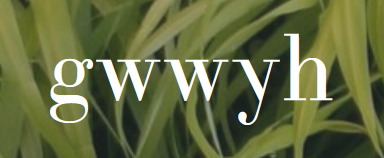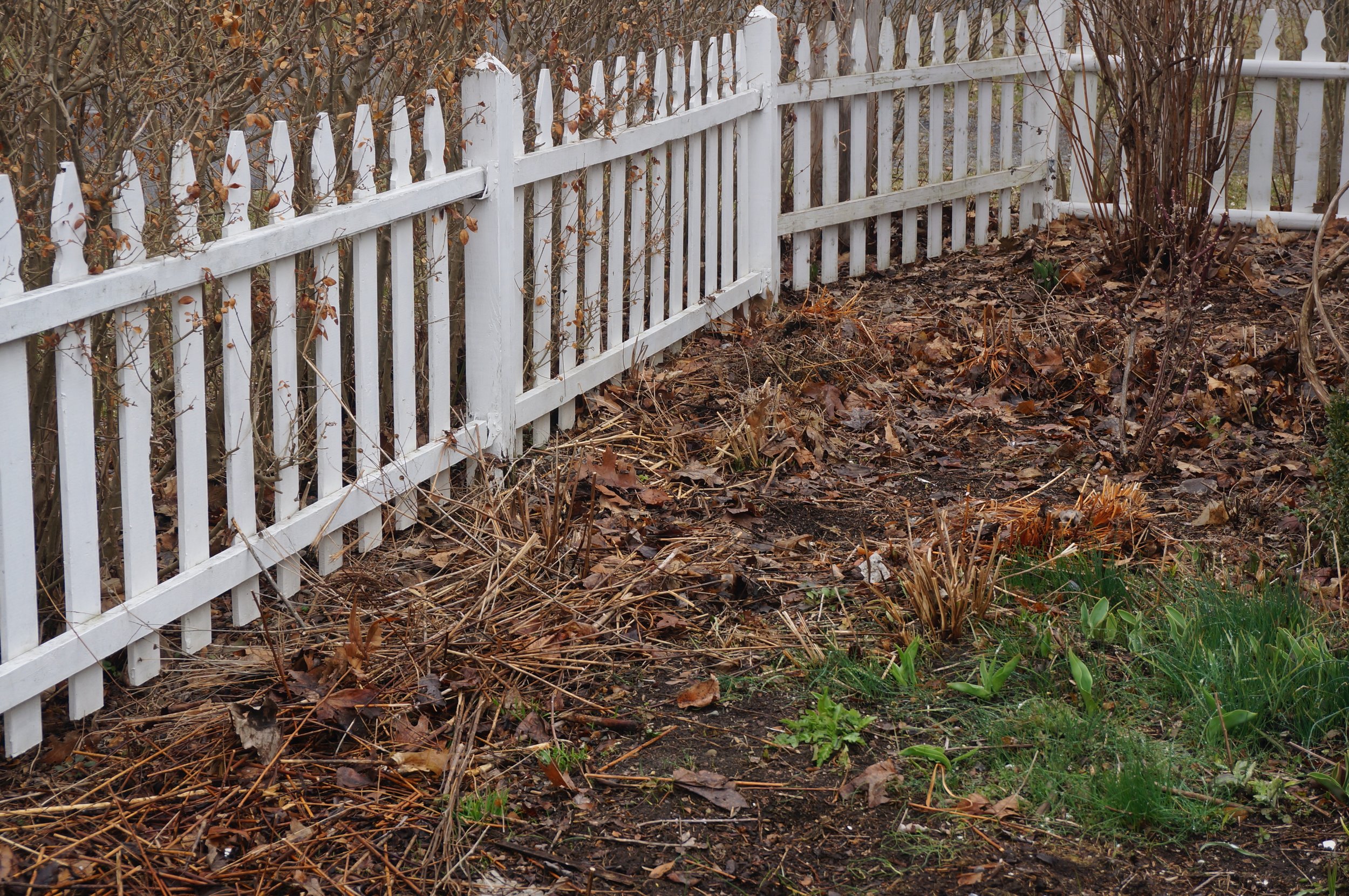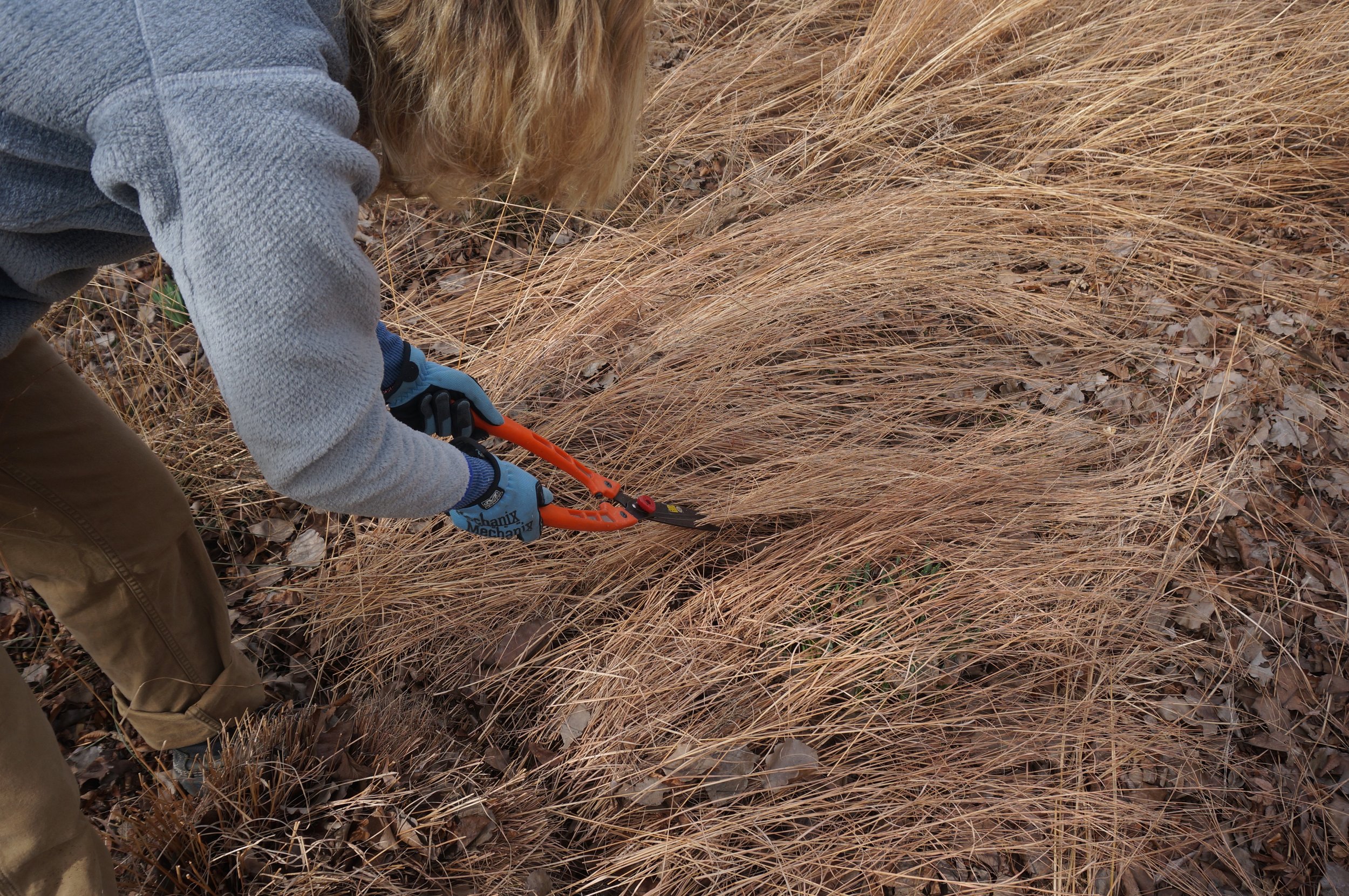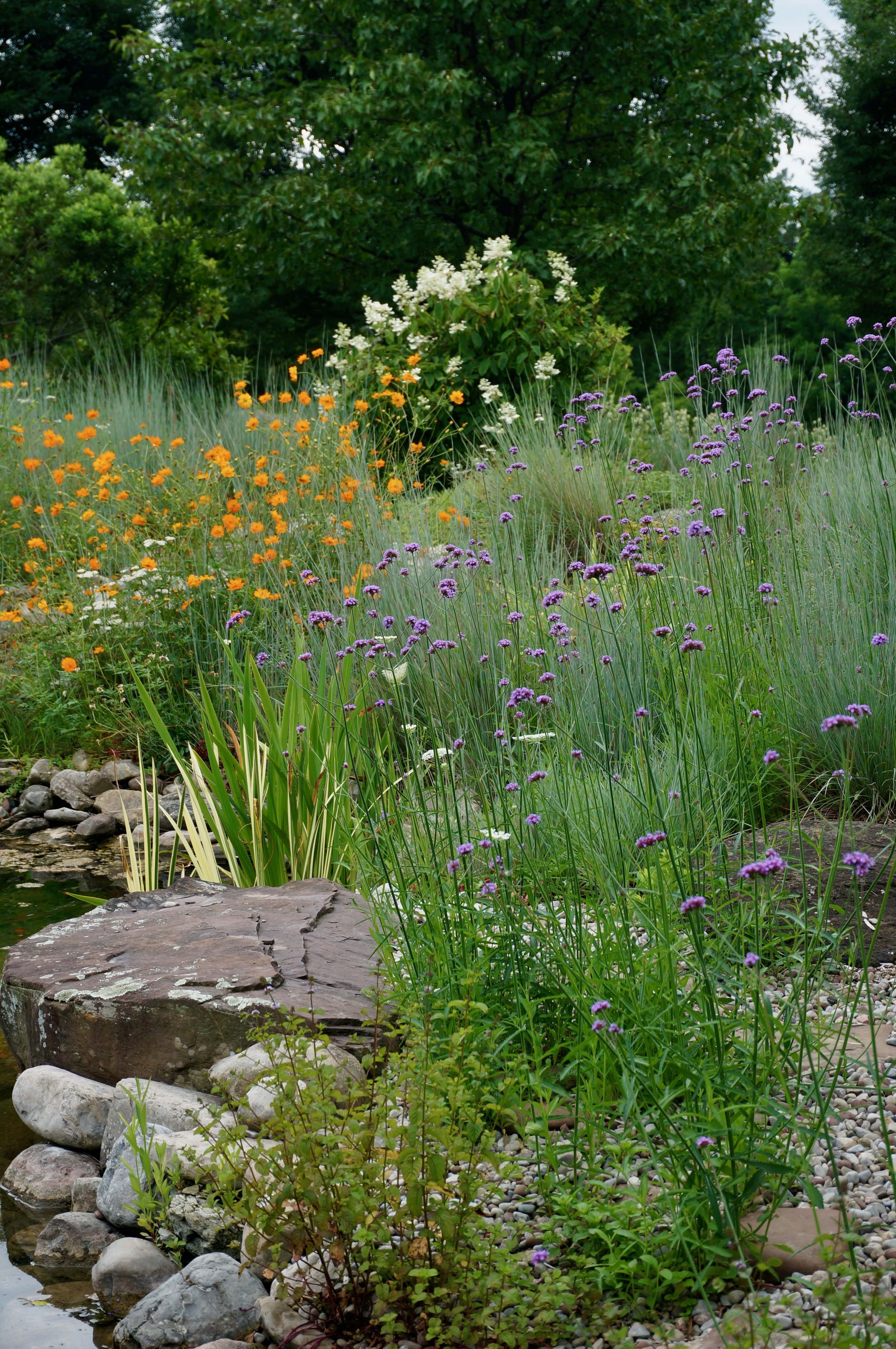All the things I did not plant in 4 acts: 7 self-seeders that rocked the show
Let me be clear, aside from a few zinnias, I didn’t plan to have annuals in my garden this summer. Not that I don’t like them, it’s just that I have dry sandy soil and can never keep up with watering them. But guess what - they didn’t give up on me! Check out the volunteers in the summer volunteer orchestra.
Act one: Poppies that showed up in May. These blew off the dried seed pods attached to a wreath that hung on my front door. They made themselves right at home. I must say, this was truly humbling experience. In all my years of trying for this look, I’ve never achieved the likes of this. It gave me so much pleasure, I can only hope it happens again.
Act two: A cast of Nicotianas dating back several years jumped in. I was just coming down from the poppy high when I noticed tiny seedlings coming up in random spots. I can’t even remember what year I planted Nicotiana ‘Cranberry Isles’. I loved them but couldn’t find the plants again. Welcome back!
Another blast from the past popped up a few weeks later. Nicotiana ‘Langsdorfii’ was only marginally happy when I first planted it. I kept hearing about what a rampant self-seeder it was from other gardeners. I felt like a failure, but now it’s dancing all over the garden.
A tall sumptuous beauty, Nicotiana ‘Sylvestris’ played the starring role. The seedlings sprang up in the most random spots! I planted three of these in the back of the garden last year, but they made their way to the front of each bed. Not what I would have planned, but better. Way less up-tight.
Act 3: Saving the best for last, a reappearance of a Castor Bean (Ricinis communis) planted at least five years ago surprised me. It’s funny, I wanted a hit of magenta foliage in this bed. I looked endlessly for this plant all summer and couldn’t it anywhere. Did it pick up on my subliminal longings?
Act 4: Random surprises
I have never planted anything by the quince hedge by the road. Trust me, it is the most inhospitable place for any plant - beating down sun and desert-like soil. Imagine my surprise when big stands of Alcea rosea (Hollyhock) and Matricaria chamomile (Feverfew) showed up in bare spaces in front of it. Self-seeding isn’t limited to annuals, both these are perennials.
I have no idea where the matricaria came from, I used to try to grow it when I lived in Connecticut and failed. It just appeared here and has never left - the darn stuff seeds itself all over the place like a weed. I grew the hollyhocks years ago in the front garden, I assume helpful birds introduced them to this spot.
Located at a 4 way traffic stop, it attracted a great deal of attention and honks from neighbors who thought I planted it. I wish I could take credit!
Some of the enjoyment was cut short when a kid slammed into the hollyhocks with his bike. Sadly, I rescued the stalks and laid them to rest in one of the vegetable beds to save the seeds. I forgot all about them until these little plants emerged. Clearly not to be thwarted! Check out the errant nasturtium growing out of the carved stump. I never planted that either - it hopped in from another bed.
You can’t stop nasturtiums! I seeded a crop of these two years ago and haven’t planted any more since. They come up every year on their own.
What causes plants to reseed?
Most annuals produce plenty of seeds. Many of them remain viable for years, sometimes waiting for just the right conditions. I think this years prolific show resulted from a combination of a mild winter, dampish spring and a relaxed maintenance regime (dare I say lazy?) on my part.
I’ve been practicing a more hands-off approach for the past few years, mostly to provide habitat for insects and birds. I didn’t realize how much this would encourage self-seeding, but it makes sense. Gardening in this manner requires being a little more patient and observant, but the rewards pay off. This is how I go about it.
I’ve stopped deadheading. At first, it was because I appreciated the look of the seedheads and the nourishment they provided insects and birds. But, it only stands to reason that if you want annuals to self-seed, you have to deadhead less or not at all. I let mine drop seeds where they may unless it’s a plant that’s getting too invasive or it’s an annual weed.
2. I don’t weed as much as I used to and I’m more careful about what I yank out. You never know what treasures you’re going to find. I like to do one good weeding at the end of fall. That prevents spreading of some of the more pesky weeds.
3. I don’t use mulch. Annuals, perennials and yes, even weeds are more likely to germinate in bare soil. I allow fallen leaves to stay in the garden and rake them to the back of the bed if they’re blowing around. I use the chop and drop method of cutting grasses and perennials back in the spring and leaving them in place. If it looks too sloppy I put the big stuff in the back of the bed.
Below is an example of the chop and drop method. This works very well with grasses and tall stalky plants. Chop it down and cut it up as you go.
Get to know your garden:
Just about every garden I’ve taken care of contains self-seeding annuals of some sort. Calendula, Nigella and Amaranths are a few that come to mind. On another property I care for, big stands of Verbena bonariensis and Cosmos sulphurous thrive with no assistance from me.
I’ve learned that soil conditions determine success or failure of self-seeding annuals. If you want yours to come back, check what types of soil conditions individual annuals prefer and match them to your garden. The weather is another component, but we don’t have control over that. We can only control how we manage our gardens. A little less fussing, a bit of luck and the right conditions - let the magic happen!
What’s your favorite reseeding annual? Please share on my page : Gardening With What You Have














